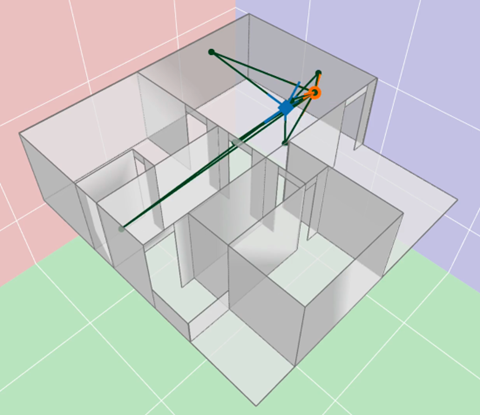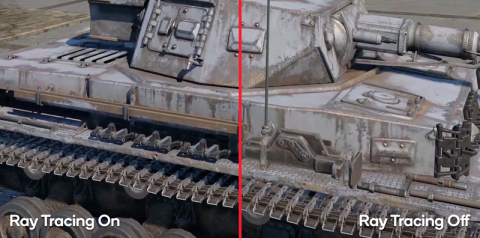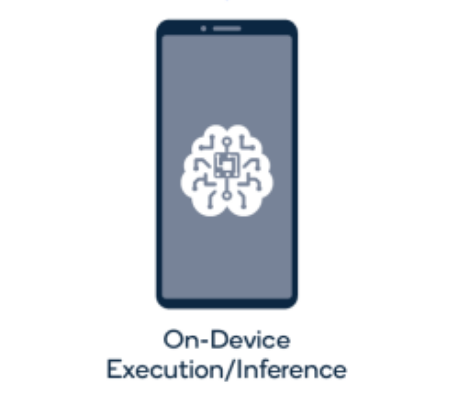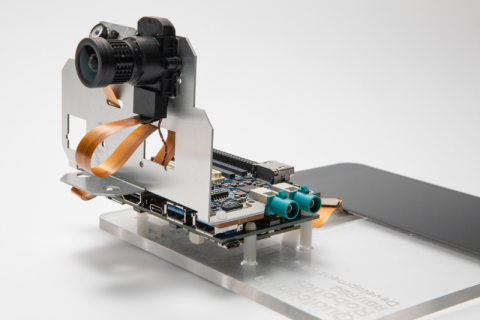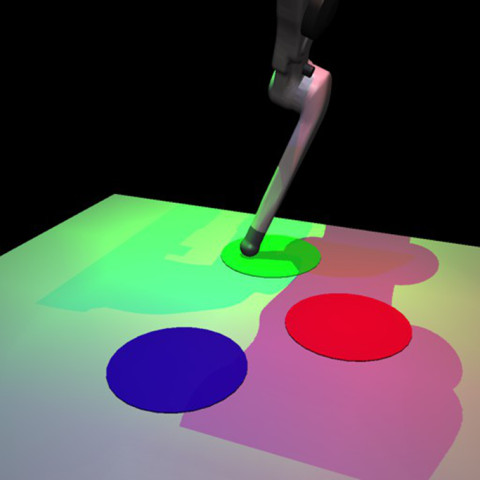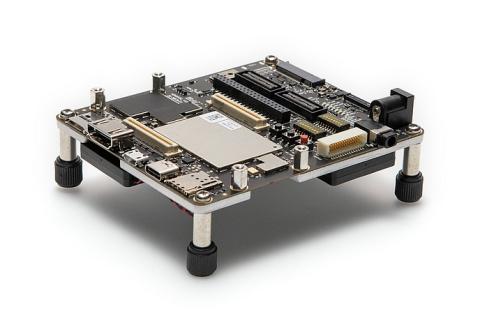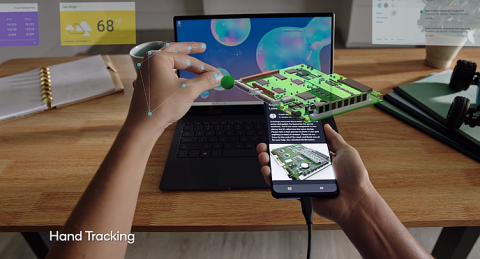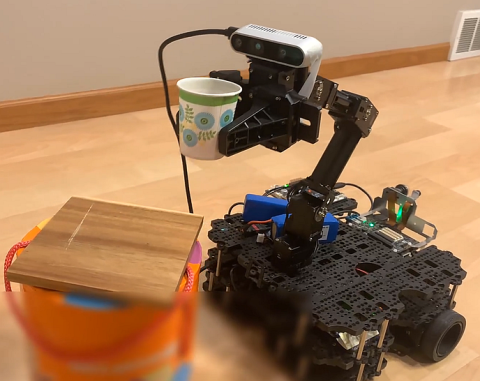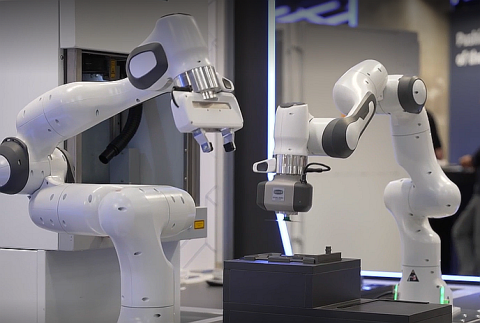Solutions Resources
IMPORTANT: Starting with v1.48.0, our Neural Processing SDK has migrated to use Ubuntu 18.04 as the host platform
How much can earbuds tell you about your health? Quite a bit.
Description of Dataset
The Wireless Indoor Simulations dataset contains a large set of channels to enable a better understanding of the interplay between the propagation environment (e.g., materials, geometry) and corresponding channel effects (e.g., delay, receive power).
The dataset is in two...
How realistic is the light representation in the mobile games you develop? A big part of the user experience in all games is how well you approximate the real-world model of light, including reflections, refraction and shadows.
Qualcomm AI Engine Direct SDK
The Qualcomm® AI Engine Direct SDK provides lower-level, unified APIs for AI development.
Developers can get one step closer to the silicon and improve the performance of their AI models on Qualcomm® AI accelerators: Qualcomm® Kryo™ CPU, Qualcomm® Adreno™ GPU and...
If you’re designing and developing for the Internet of Things, you live in a low-throughput, low-power world.
“It’s a good model,” you say, thinking about the model you’ve trained in the cloud for your machine learning application. “I just wish we could fine-tune it on the user’s device.”
Now you can do just that.
Advances in video conference technologies let users collaborate across geographies, time zones, and even pandemics. But great experiences happen when every attendee feels immersed in the meeting, and their voices are heard.
What will it take for headphone audio to feel and sound like real-world audio?
CausalCircuit is a dataset designed to guide research into causal representation learning – the problem of identifying the high-level causal variables in an image together with the causal structure between them.
The dataset consists of images that show a robotic arm interacting with a system of...
Purchase from Lantronix Download Snapdragon 8 Gen 2 product brief
Start prototyping your next round of innovations in AI, game play, image/video capture and Wi-Fi 7 on the Snapdragon® 8 Gen 2 mobile hardware development kit (HDK). It’s a comprehensive, expandable kit for developing and...
“One size fits all” sounds convenient, but it doesn’t always apply. It’s rarely true in clothing, and it’s not often true in audio, either.
Play Ball!
Have you ever wondered what it would be like to visually experience what it’s like standing in the batter’s box at a Major League Baseball stadium?
We believe that lightweight headworn AR glasses are poised to become the next evolution of the smartphone.
Today, edge devices are everywhere, with tens of billions more expected to be deployed in the coming years.
What do on-demand language translation, self-driving cars, and video calls have in common? They’re all examples of today’s ubiquitous technology that was once the figment of science fiction (sci-fi).
For Linux developers who build low-level kernel and driver solutions, the open-source development model plays
We have conversations all the time with people trying to understand the business value of combining cloud computing and edge computing.

